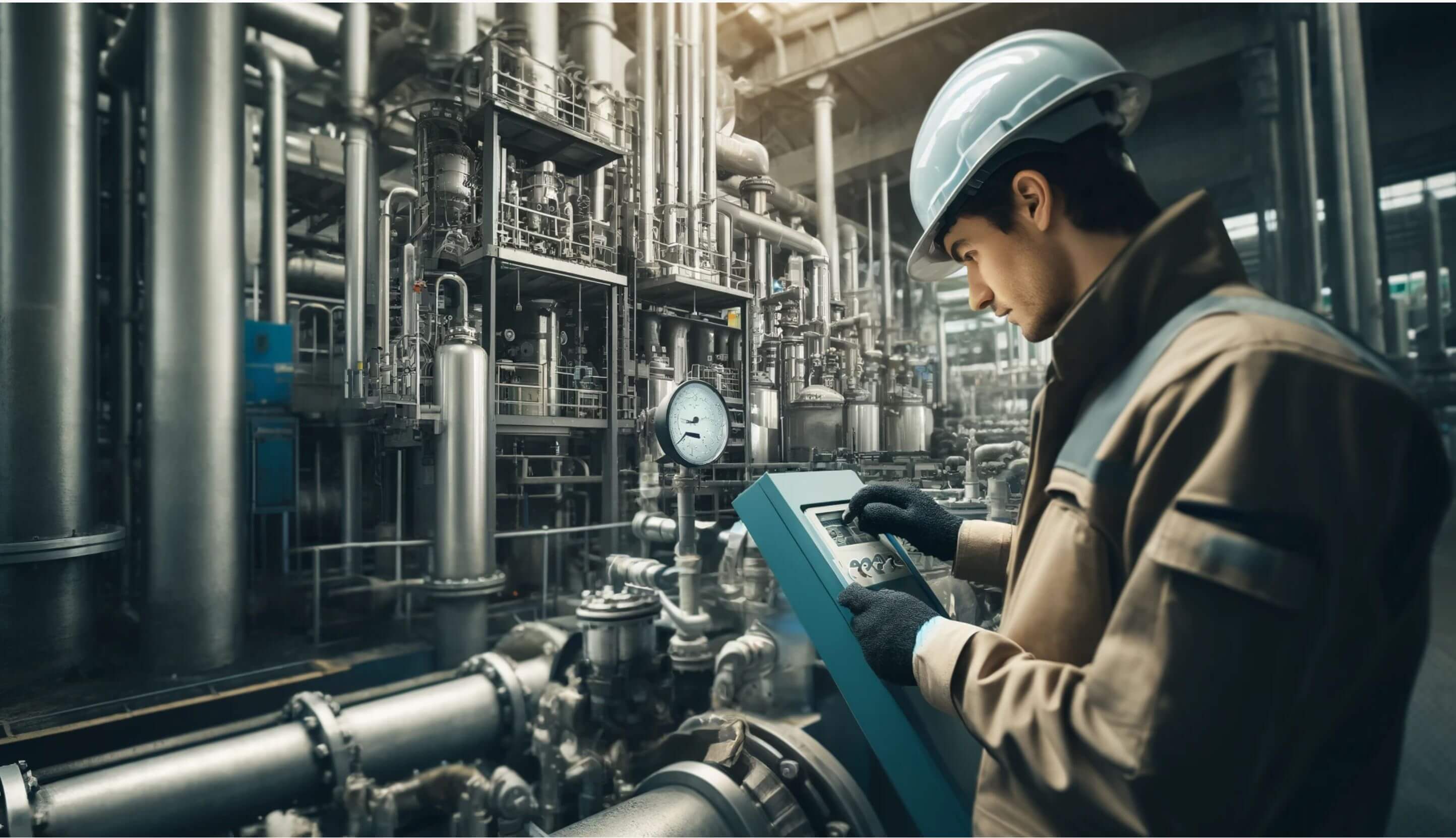 Industrial water softeners play a crucial role in managing water quality in various industrial settings, such as manufacturing facilities, power plants, and processing industries. These systems are essential for preventing scale buildup, protecting machinery, and improving process efficiency. Proper maintenance of your industrial water softener not only extends its lifespan but also ensures optimal performance. Here are some essential tips for maintaining your industrial water softener:
Industrial water softeners play a crucial role in managing water quality in various industrial settings, such as manufacturing facilities, power plants, and processing industries. These systems are essential for preventing scale buildup, protecting machinery, and improving process efficiency. Proper maintenance of your industrial water softener not only extends its lifespan but also ensures optimal performance. Here are some essential tips for maintaining your industrial water softener:
1. Regular Monitoring and Testing
- Water Hardness Testing: Regularly test the water before and after it passes through the softener to ensure it is effectively reducing hardness. This helps in detecting any performance issues early.
- System Checks: Regularly inspect the system for any signs of salt bridges, blockages, or leaks. Ensure all valves and hoses are functioning correctly.
2. Salt Quality and Level Management
- Use the Right Salt: Always use high-purity salt specifically designed for water softeners, as low-quality salt can contain impurities that may clog the system.
- Maintain Salt Levels: Keep the salt tank at least half full, but not overfilled. This prevents the formation of salt bridges and ensures efficient regeneration cycles.
3. Cleaning and Sanitization
- Resin Bed Cleaning: Over time, the resin bed can accumulate iron, silt, and organic compounds, reducing its effectiveness. Clean the resin bed with a quality resin cleaner to remove these contaminants.
- Sanitize the System: Periodically sanitize the system to prevent bacterial growth. Use a commercial-grade sanitizer approved for water softener systems.
4. Regular Maintenance Schedule
- Professional Inspections: Schedule regular inspections and maintenance checks with a professional. They can help identify issues that might not be apparent to untrained eyes.
- Documentation: Keep a maintenance log to track any repairs, changes in water quality, and system performance. This can be crucial for troubleshooting and ensuring compliance with industrial standards.
5. Adjust Settings According to Water Usage and Quality
- Adjust Regeneration Frequency: Depending on the water usage and the hardness of the incoming water, adjust the regeneration frequency to optimize salt and water usage.
- Customize Settings: If your water usage pattern changes or if there are significant changes in water quality, reevaluate and adjust the softener settings accordingly.
6. Addressing Mechanical Issues Promptly
- Prompt Repairs: Do not ignore minor issues, such as unusual noises, drops in water pressure, or changes in water quality. Addressing these issues promptly can prevent more significant problems down the line.
- Replacement of Parts: Replace parts like valves, filters, or the resin bed as recommended by the manufacturer to maintain optimal performance.
7. Educate and Train Staff
- Operator Training: Ensure that personnel responsible for the water softener are adequately trained to operate and maintain it. Understanding how the system works and how to troubleshoot common issues is vital.
- Continual Learning: Encourage ongoing education about the latest water treatment technologies and maintenance practices. This knowledge can significantly enhance the efficiency and reliability of the water softener.
By implementing these maintenance tips, industries can ensure that their water softener systems remain efficient, reliable, and effective over their operational lifespan. Regular maintenance not only saves costs by preventing major repairs but also supports consistent production quality and adherence to industry regulations.
